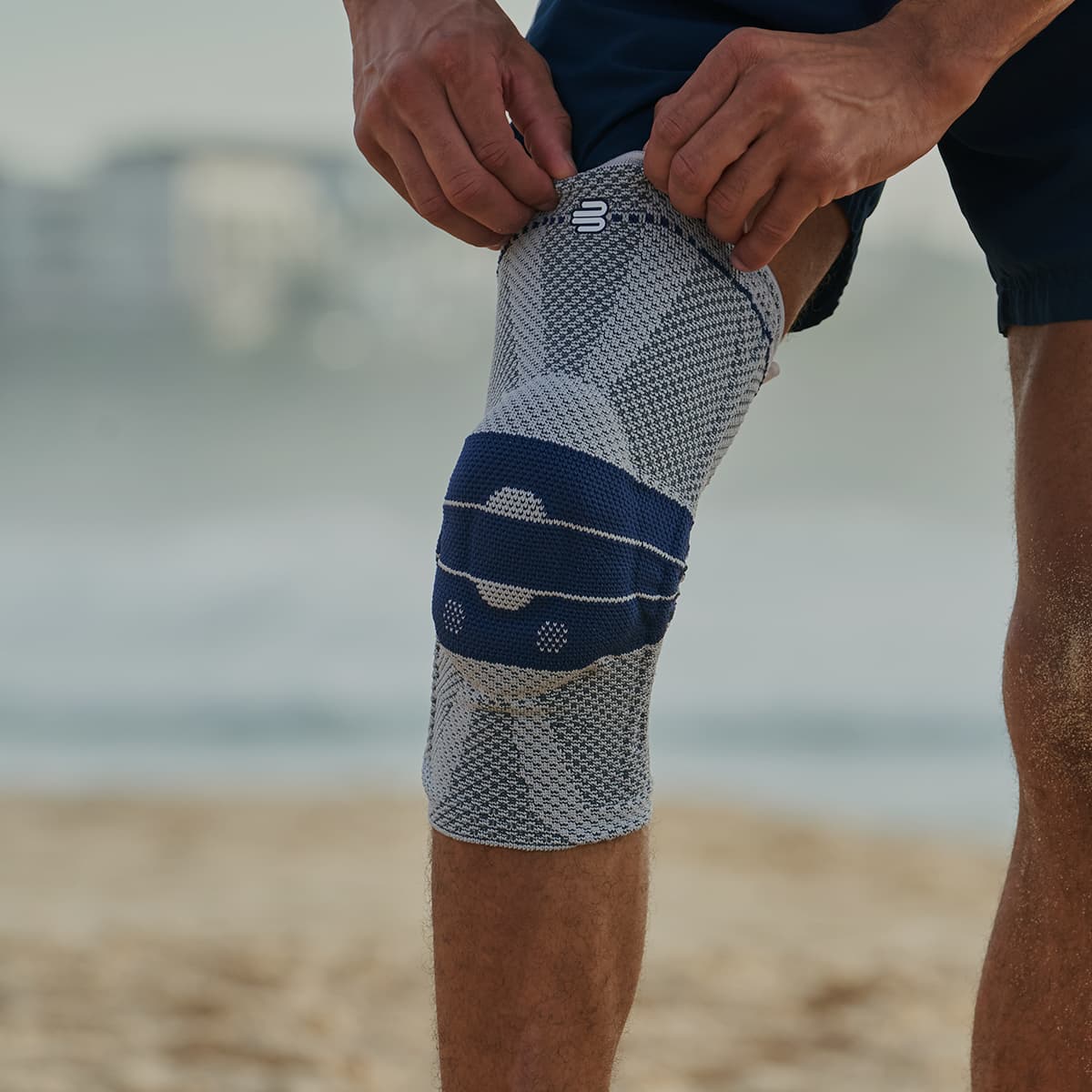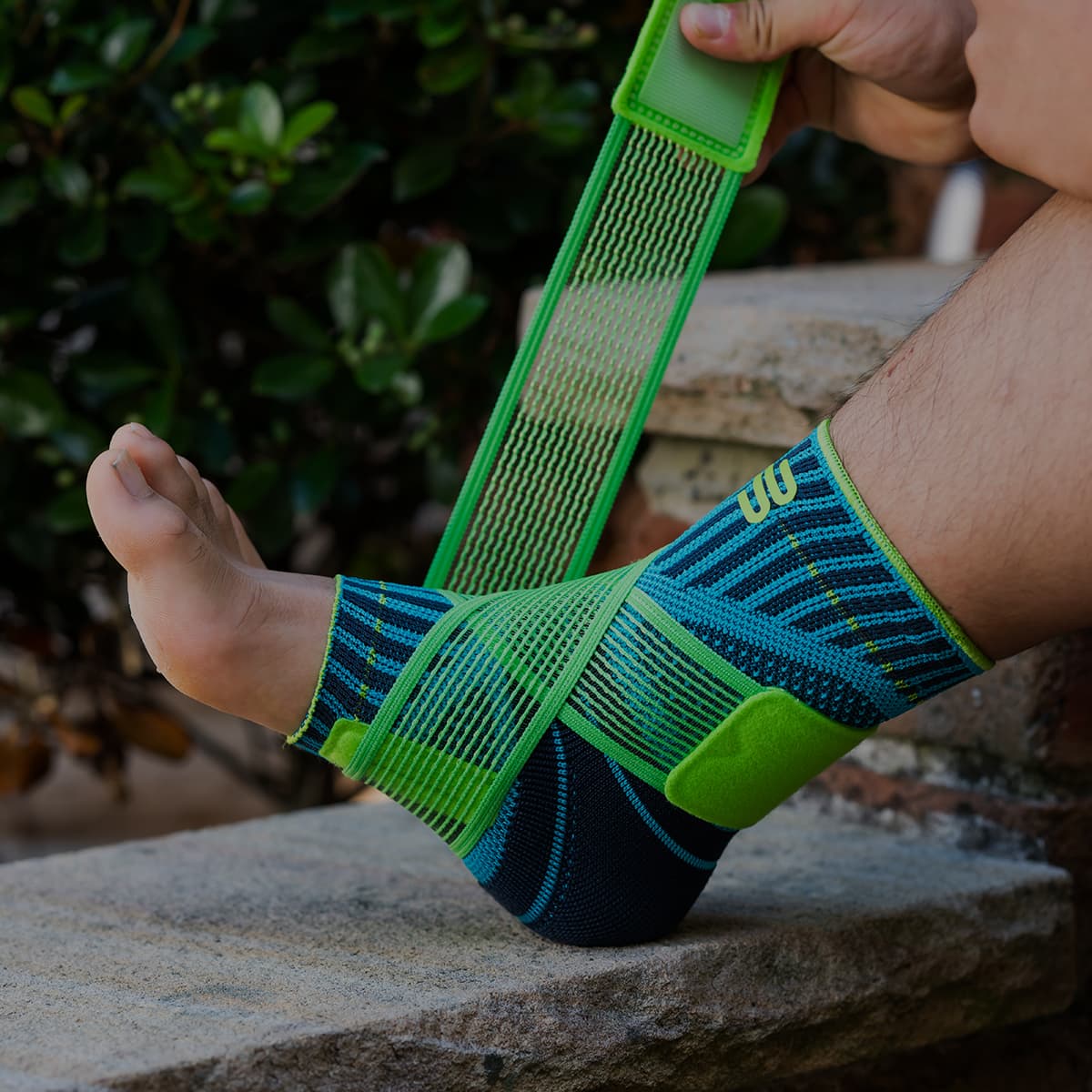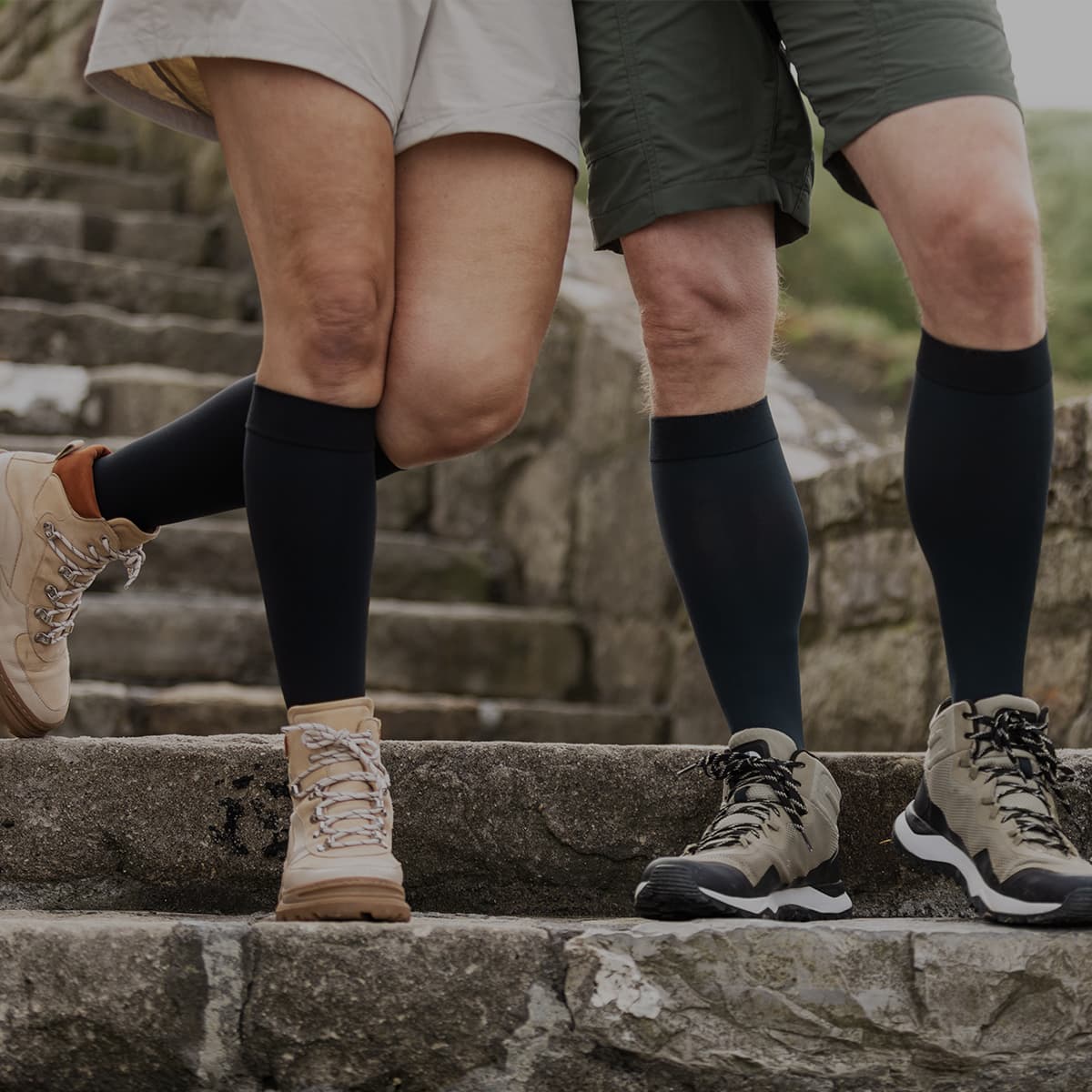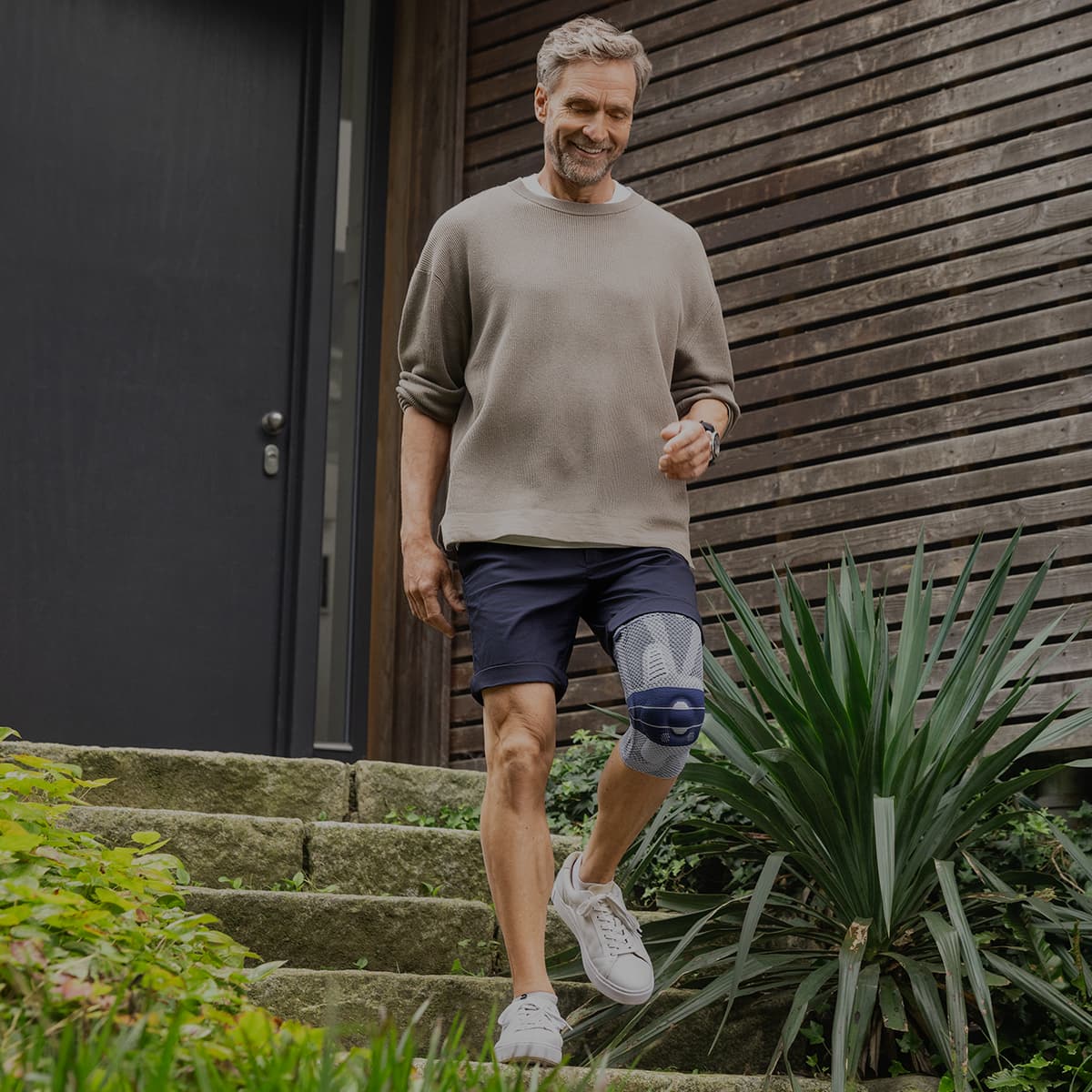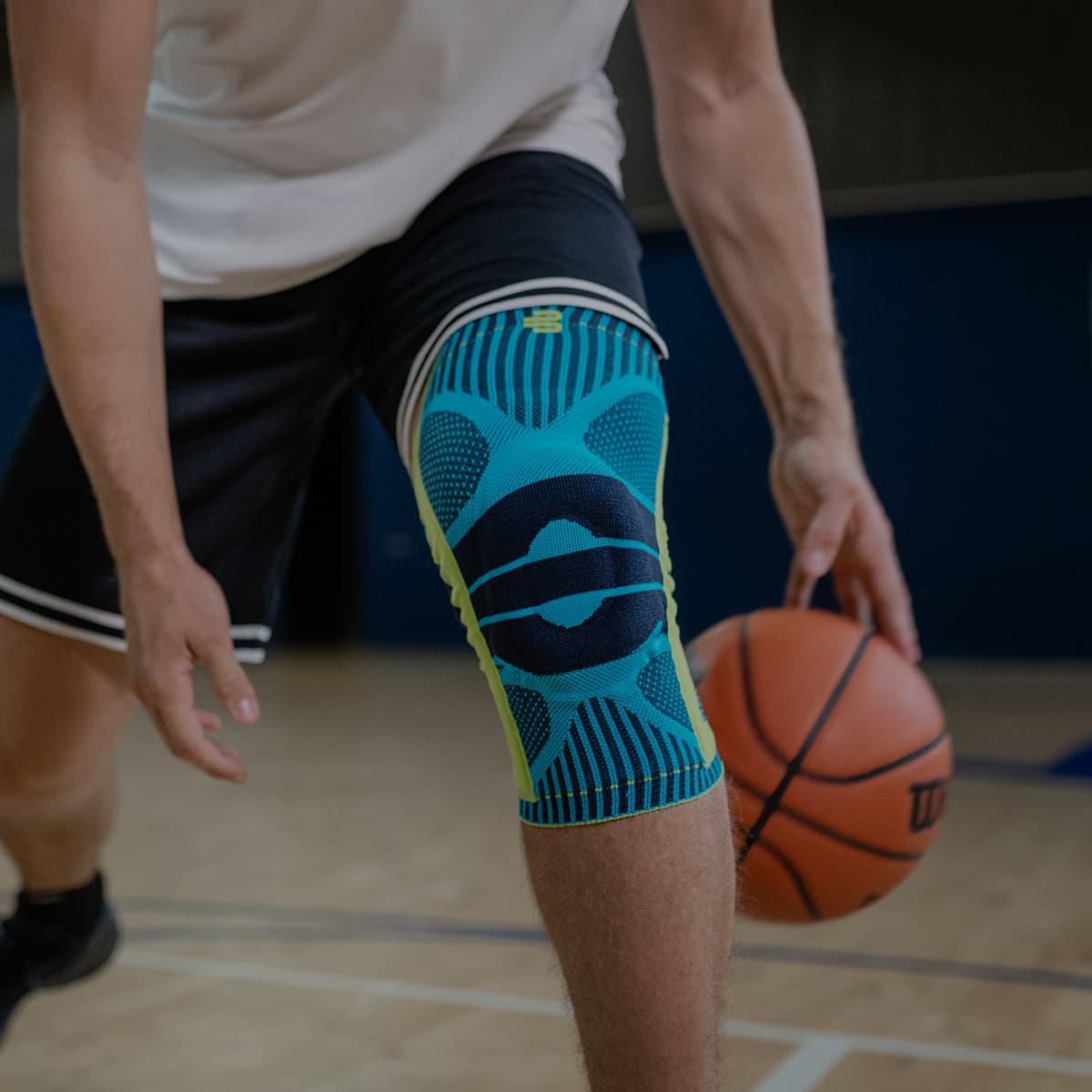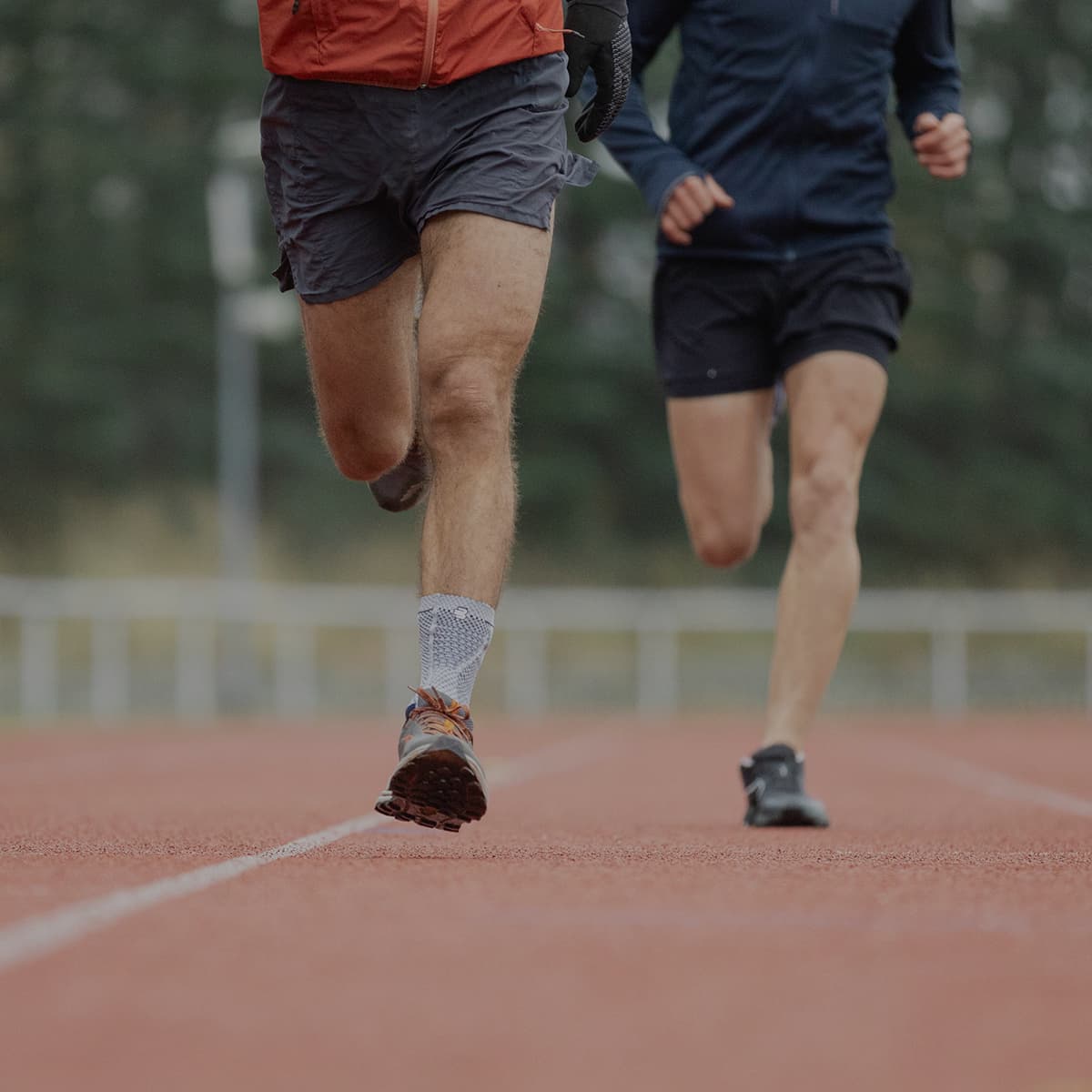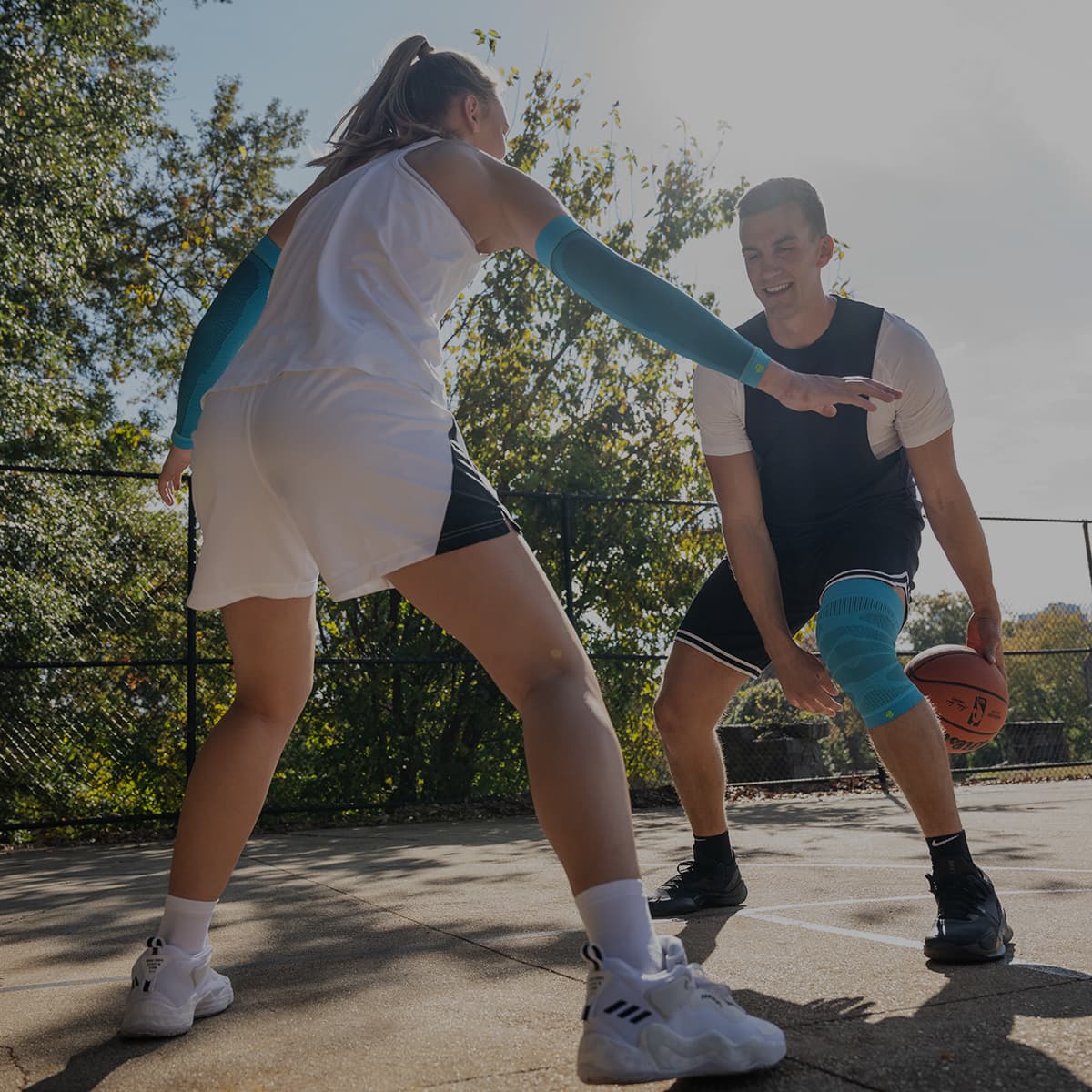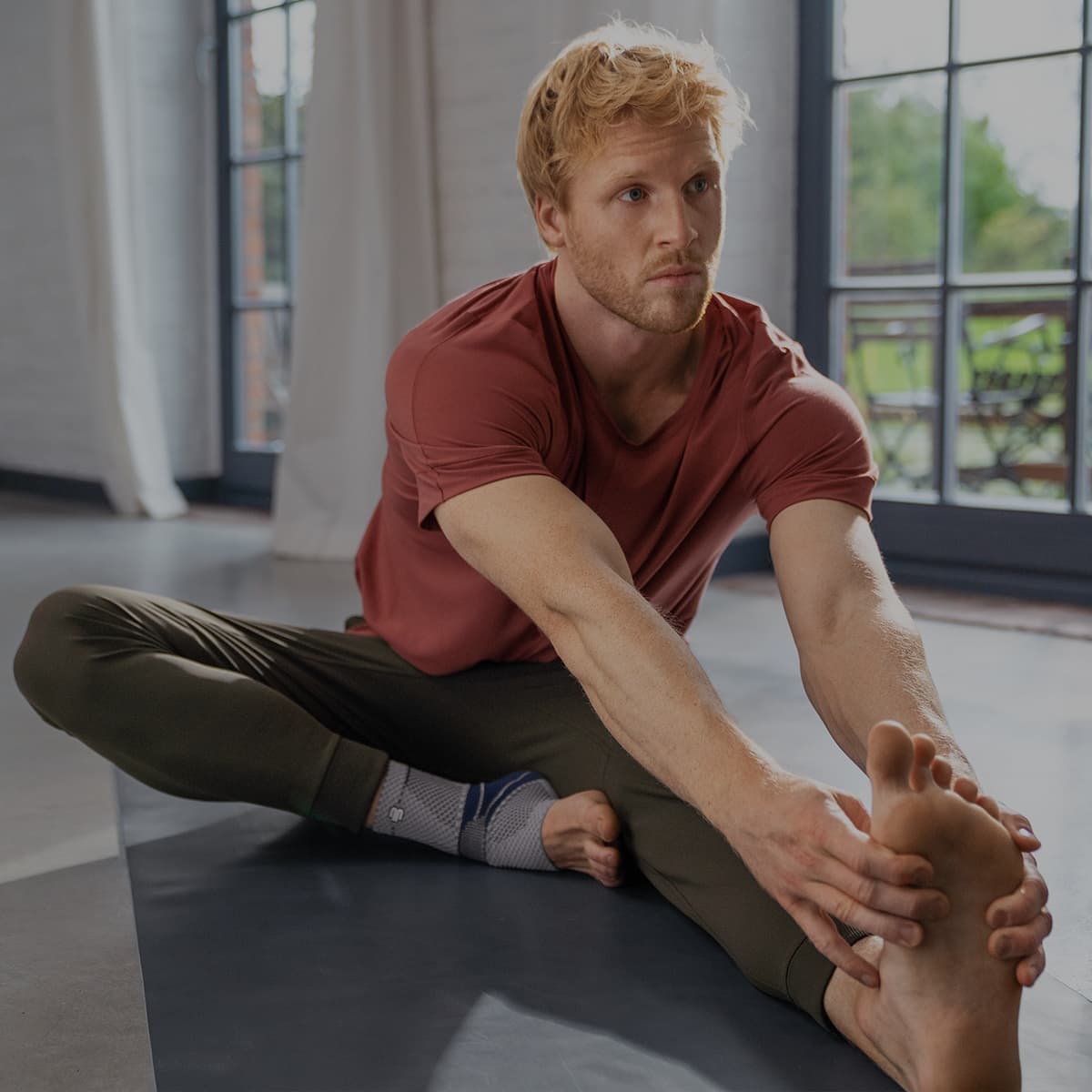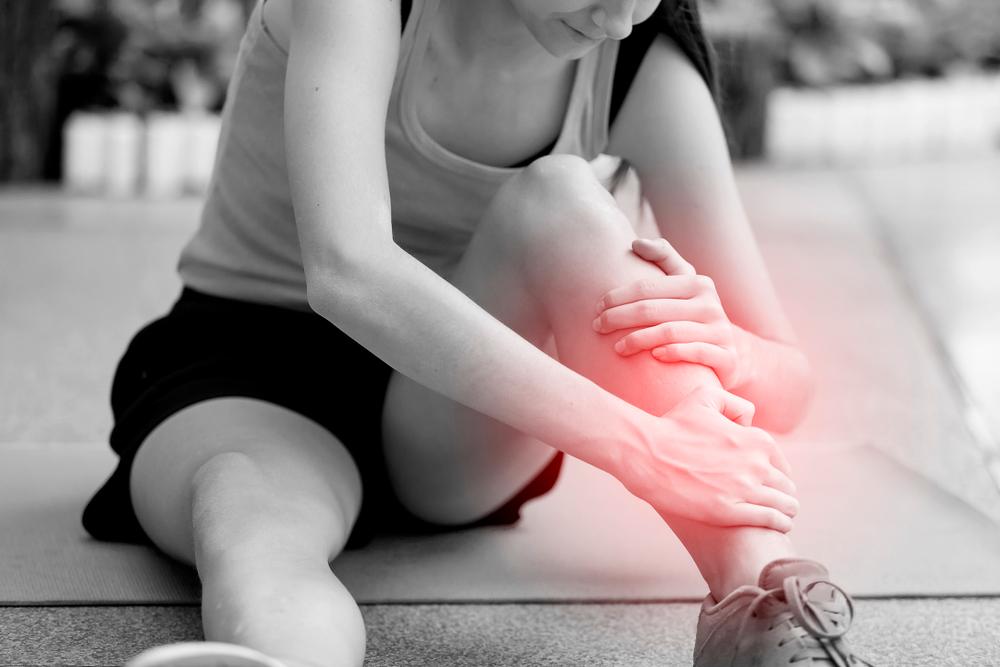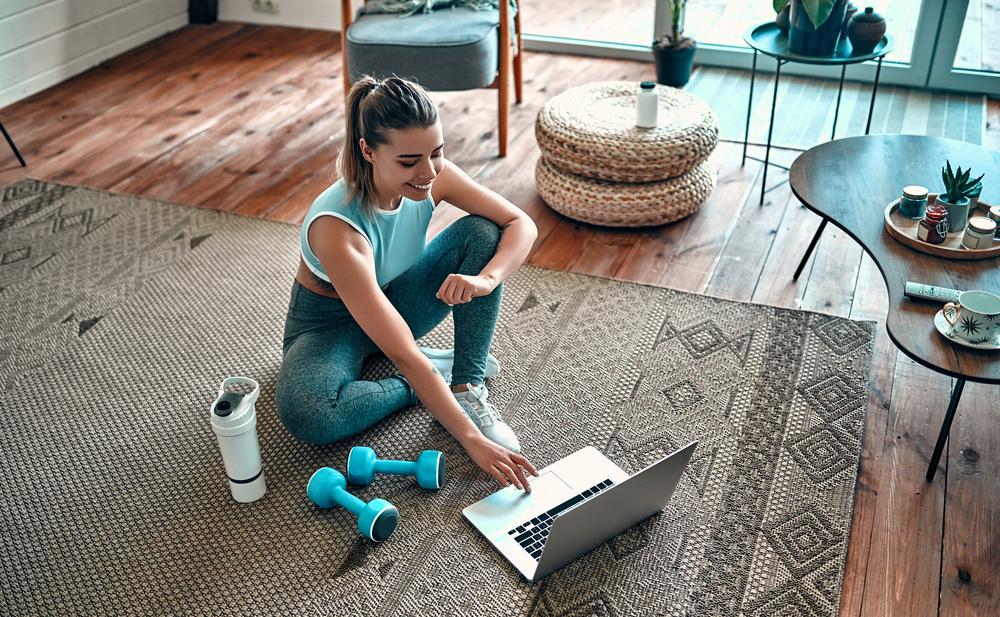If you’ve ever had them, then you know they’re no fun. At all. We’re talking about shin splints. You know, that achy, painful feeling concentrated in the front of your leg when you exercise? Yes, that.
Now, in light of the almost-worldwide closures of gyms (thanks, coronavirus!), chances are, you’re running outdoors more frequently than ever before and you are all too familiar with the annoying, tightening pain as you ramp-up your kilometres. But what exactly causes this frustrating pain, and how can you treat it? Read on to find out.
What are shin splints?
Shin splints, also known as medial tibial stress syndrome (MTSS), is the catch-all term for lower leg pain that typically occurs along the inner edge of the shinbone. Shin splints are not simply the name for one specific condition or ailment.
Instead, the term covers a broad spectrum, ranging from a stress injury–bone irritation–to a stress fracture, which is an actual crack in the bone. So, the pain associated with shin splints can be due to the inflammation of muscles, tendons, and bone tissue around the shin.
What causes shin splints?
Shin splints are a cumulative stress disorder. Or, in other words, due to the overuse of the lower legs–repeated pounding and stress to the bones, muscles, and joints, your body is prevented from naturally repairing and restoring itself.
That said, in addition to increasing the duration and intensity of your physical activity too quickly, there are also other causes of shin splints, including:
- Improper stretching or warm-ups before exercising
- Running uphill or downhill, or training on hard or uneven surfaces
- Improper or worn-out footwear
- Muscle imbalance of the lower limbs, including the ankles
- Tight calf and plantar (sole of your foot) muscles
- An anatomical abnormality (such as flat foot syndrome)
How to treat shin splints
Ever heard of RICE? No, we’re not talking about that edible, starchy grain–instead, we’re referring to a type of treatment recommended by health professionals for the treatment of bone injury of acute soft tissue injuries. And it is also perfect for shin splints!
The acronym RICE stands for:
- Rest: As an endorphin-chaser, this might not be what you want to hear. But do try to rest from all activities that cause you pain, swelling or discomfort. Try low-impact activities, like brisk walking, for at least 48 hours, or until the pain subsides.
- Ice: Place ice packs on your shins for 15 to 20 minutes at a time. Ice three to eight times a day for several days until the pain subsides.
- Compression: Try wearing calf compression sleeves to help reduce the inflammation around your shins (thus, cutting down on your pain levels).
- Elevation: Try elevating your shins on a pillow or chair whenever possible to further reduce inflammation.

Preventing shin splints with compression
Once you have treated your shin splints, there are a couple of simple ways you can prevent them from reoccurring. As well as slowly easing back into running, and wearing the right foot-wear, compression socks and sleeves relieve the pain associated with shin splints and help to prevent them from developing.
Compression sleeves limit swelling, keep muscles warm and loose, increase blood flow and help speed up the healing process. Wearing an optimal level of consistent compression will cause the walls of the arteries to dilate, increasing blood flow.
Whilst wearing compression garments, arterial blood flow has been shown to increase up to 40% during activity and 30% during recovery. This means more oxygen and nutrients flowing through the body!
Compression will also help to stabilize the muscle and decrease the amount of muscular vibration, all of which will result in less pain and less chance of shin splints.
Other prevention tips:
It’s also important to warm-up prior to exercising, some shin and lower leg specific exercises you can do are:
- Calf Raises: Stand with feet slightly apart, raise up onto your toes, pause for 2 seconds, and lower back down. Complete two sets of 15 repetitions.
- Toe Walks: Standing on your tiptoes, walk forward 15 steps. Complete two sets.
- Heel Drop: Standing on a stair or elevated platform, put your weight on your right foot while lowering your right heel past 90 degrees. Slowly raise back up and repeat before switching sides. Complete two sets of 10 repetitions on each side.

Oh, and before we go, here's a bonus tip: shin splints often occur because of weak ankles, so if you don't want to scream in agony while running, consider wearing an ankle brace while jogging.

